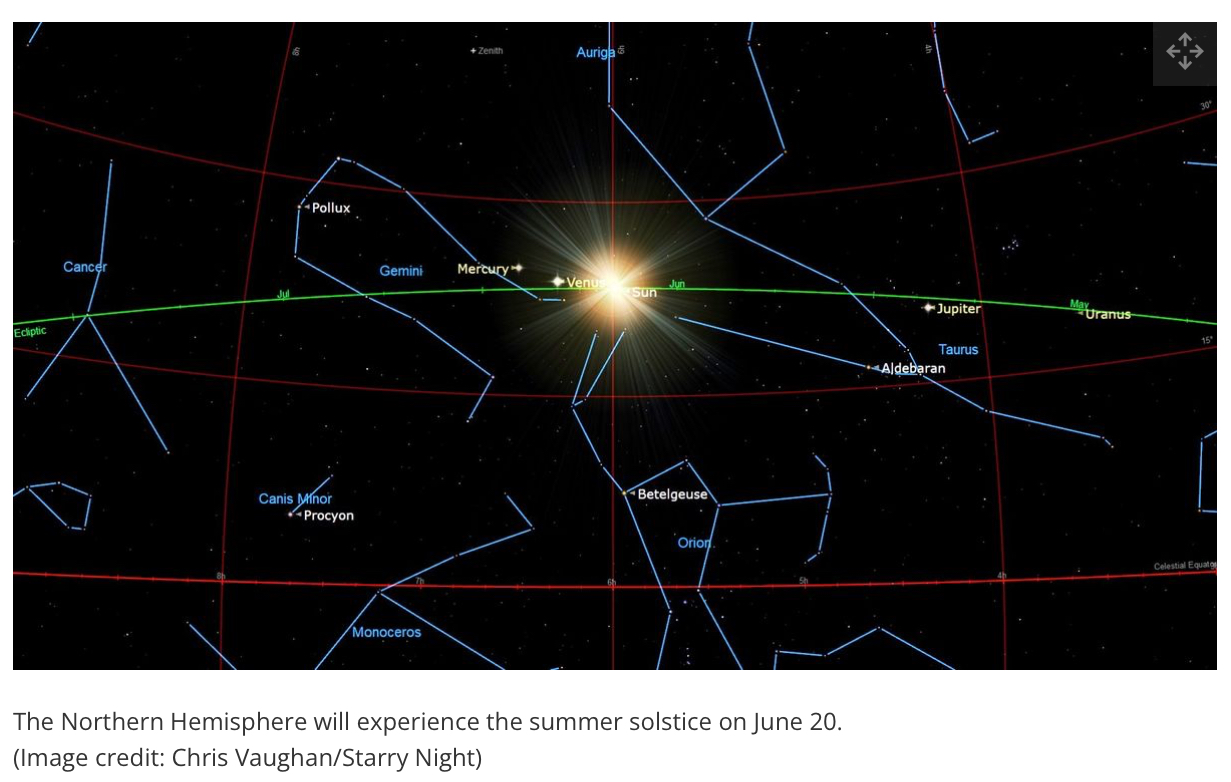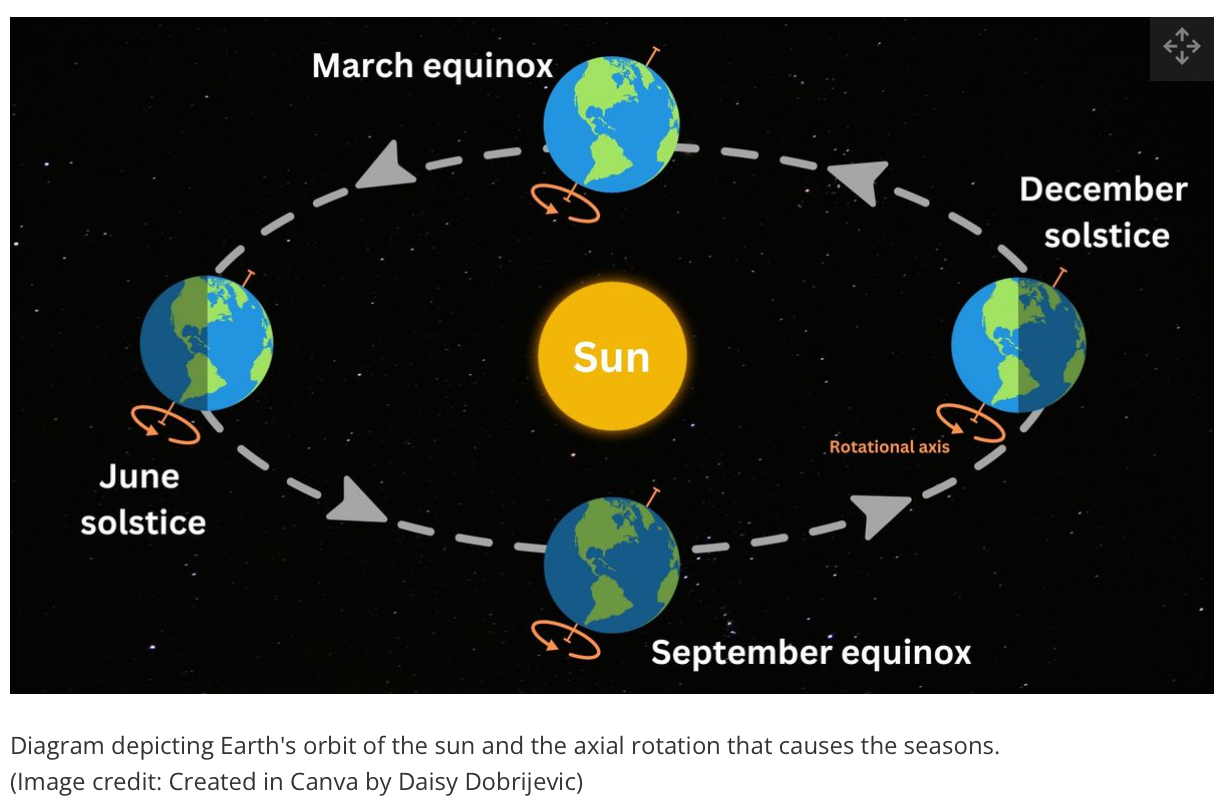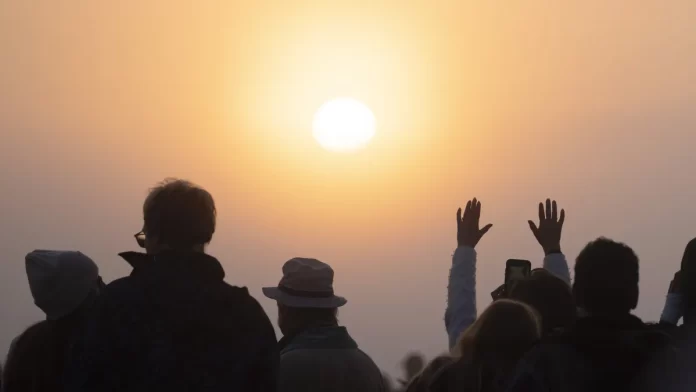Summer officially begins today (June 20) at 4:51 p.m. EDT (2051 GMT)
Today, June 20, marks the official start of summer in the Northern Hemisphere, heralding the longest day of the year. Known as the summer solstice or June solstice, this day occurs when the sun reaches its highest and furthest northern position in the sky. This event signifies the beginning of summer in the Northern Hemisphere and winter in the Southern Hemisphere. Consequently, the Northern Hemisphere experiences the most daylight hours of the year, while the Southern Hemisphere has the fewest.
You can determine your hours of daylight on the June solstice with the help of The Farmer’s Almanac Sunrise and Sunset Calculator. People living above the Arctic Circle will enjoy the longest day, as the sun remains above the horizon for weeks or even months during the summer, a phenomenon known as the midnight sun.
This year’s summer solstice officially takes place at 4:51 p.m. EDT (2051 GMT). The following day, June 21, a full Strawberry Moon will grace the sky. The moon reaches its full phase at 9:08 p.m. EDT (01:08 GMT on Saturday, June 22), but it will appear full to casual stargazers the night before and after its peak. This luminous moon will be positioned near the stars of the constellation Sagittarius, the Archer.

Why Does the June Solstice Occur?
The June solstice, along with the changing seasons, is a result of Earth’s axial tilt as it orbits the sun. If Earth were not tilted, both the Northern and Southern Hemispheres would receive equal sunlight year-round.

As Earth travels around the sun, its 23.44° axial tilt causes one hemisphere to lean toward the sun for half the year and the other hemisphere for the remaining half. During the June solstice, the Northern Hemisphere is tilted most directly toward the sun, while the Southern Hemisphere is tilted away.
The solstices do not fall on the same date each year because the astronomical year is 365.25 days long. Therefore, the Northern Hemisphere’s summer solstice can occur on June 20, 21, or 22. However, it happens at the same moment globally, meaning it can take place in the middle of the night for some people and during the day for others.








